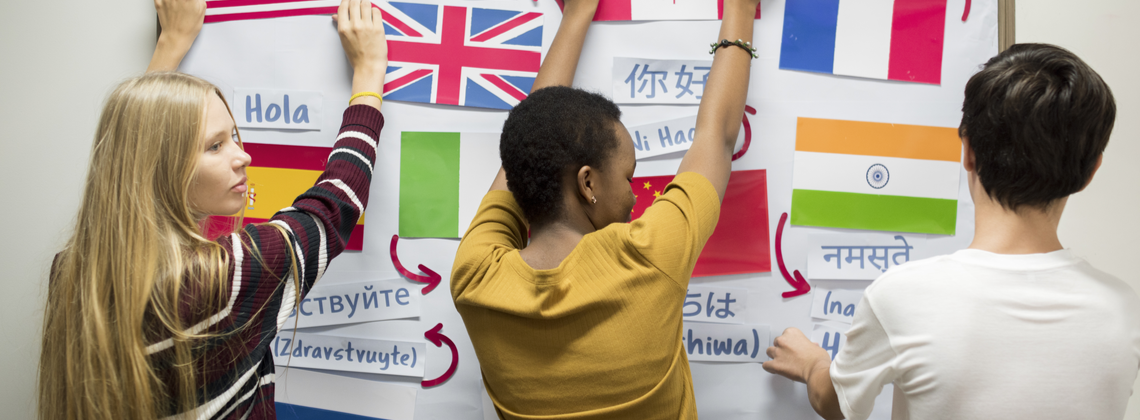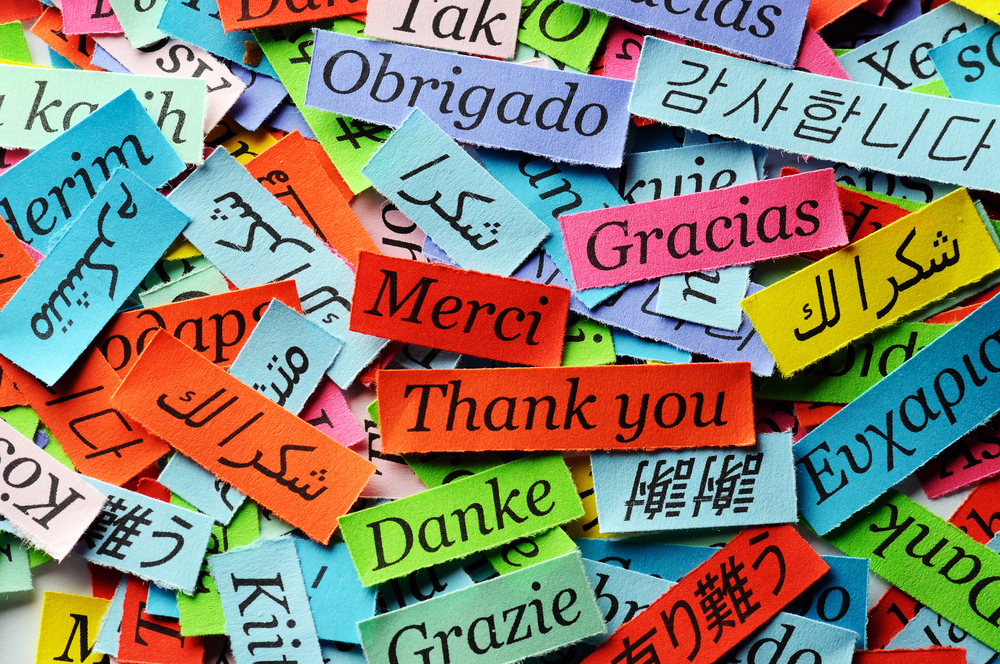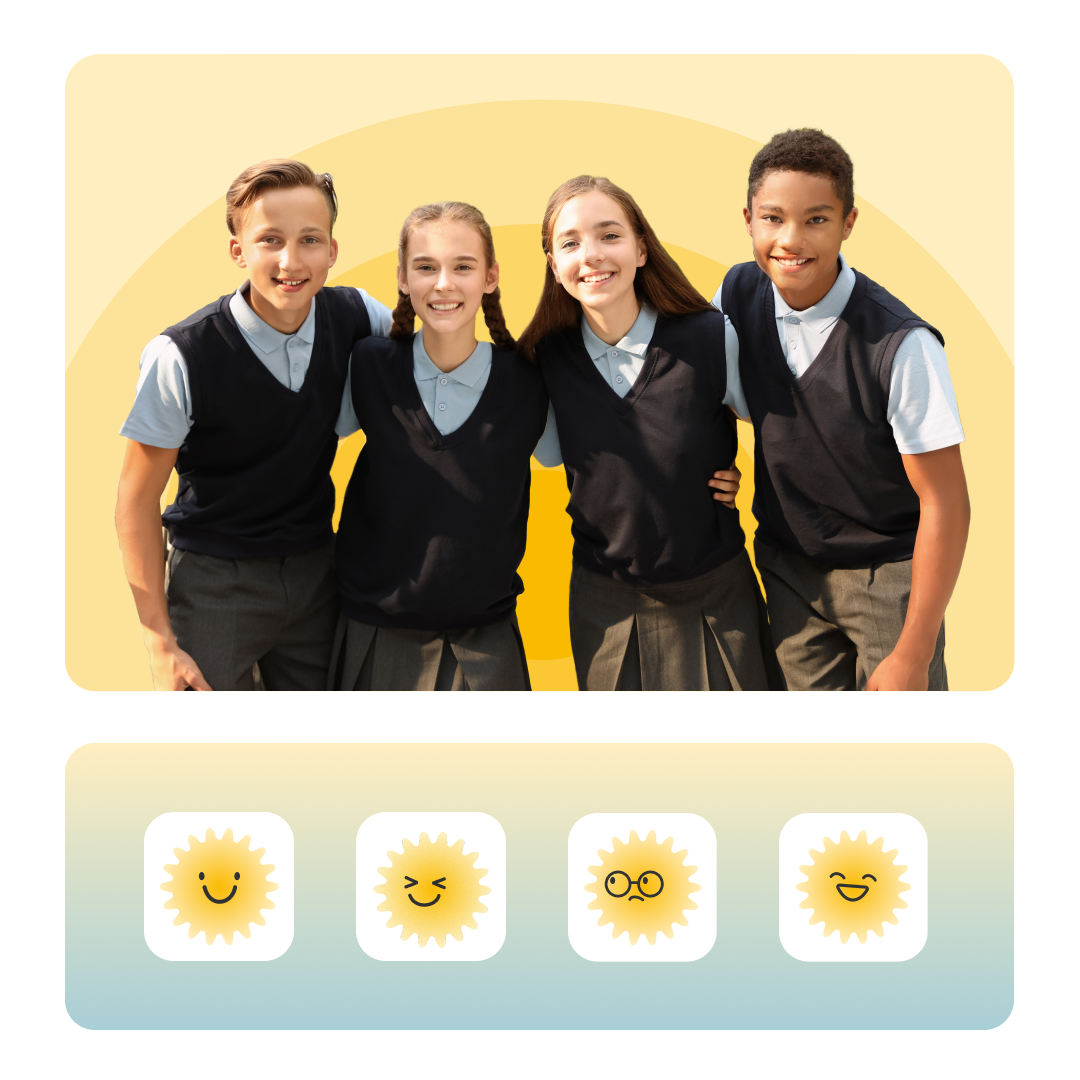

One common quandary that teachers face is whether or not translation for EAL pupils is a good idea. Should we allow children to translate for each other? Is Google Translate accurate? Is it okay to give pupils a translated version of the text we’re studying? In general, the issue of whether or not to translate really depends on the situation. Here’s why:
New arrivals
For a newly arrived pupil with limited English, there a number of reasons why translation may be useful or even necessary. Firstly, it is vital that you find out key information about the pupil, such as any medical needs. You will also need to make sure that parents understand information like attendance policies and the timing of the school day. You can find translated resources in a number of languages on websites like this one that could be helpful. However, be aware that for these conversations, translations alone may not be as effective as using visual aids or physically guiding pupils and parents around the school. If you need to use Google Translate or similar to help you find out information needed for safeguarding reasons then you should do so, making sure you are aware of its possible shortcomings.

Social integration
Similarly, when a new EAL pupil arrives, matching them with a buddy who speaks the same home language (where possible) to translate at first may help the pupil become more comfortable and integrated into the school environment. Often pupils love the chance to be a buddy as it gives them a sense of responsibility. You can use this resource to prepare buddies to welcome new pupils.
Sometimes teachers worry that the use of buddies for translation can stop or slow down new pupils’ English language learning. However, they will still be exposed to a high level of English language input at school. This far outweighs the amount of translation for EAL pupils that will happen. If you see that a buddy is overenthusiastic with translating and tends to speak for the new pupil, make sure that you encourage the new pupil to develop their own voice in English and gain confidence and independence.
Translation for EAL parents
Another instance where encouraging pupils to translate is a good idea is at school events such as parents evening or open day. They could welcome EAL parents in their home language or introduce them to teachers. This could contribute to building a welcoming community and demonstrate that EAL families are welcome in the school. However, be careful that pupils are not translating in situations that may be inappropriate for them. They should not be translating conversations about pupils’ progress or behaviour, or any personal information.
Translanguaging
One element to consider is how much translation you are using and what the purpose is. If a pupil’s cognitive abilities or prior subject knowledge are a higher level than their English proficiency, you may want to provide them with a home language text at times. However, if you are providing pupils with a text in their home language, without an English text alongside it, the pupil is unlikely to be developing the academic English skills that they will need for future exams. Make sure you think of ways to engage pupils with texts in both languages and draw parallels between the languages. A dual language approach may help to reinforce understanding of the topic and clarify concepts, as well as build pupils’ metalinguistic skills.

Developing skills
In a mainstream UK school context, it is not possible to translate everything into every language spoken by every pupil. It is much more feasible to build in differentiation, like visual aids and glossing, to make the curriculum accessible. It’s also beneficial for teachers to support pupils in developing critical thinking and study skills that will pave the way for more autonomous learning. Give pupils the skills they need to become independent learners by helping them to use bilingual dictionaries and word webs, practising note-taking, and teaching pupils to use language learning technology like apps or websites.
Language diversity
Another good reason to be open to translation is to raise language awareness and increase celebration of language diversity. You could use the object translator in the FlashAcademy® app to encourage pupils to discover the world around them in other languages, or make the most of the app in MFL lessons.

